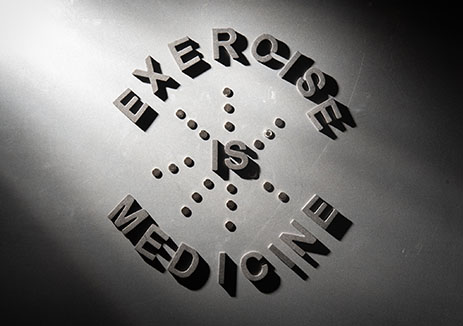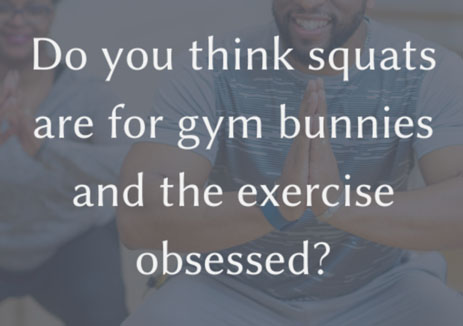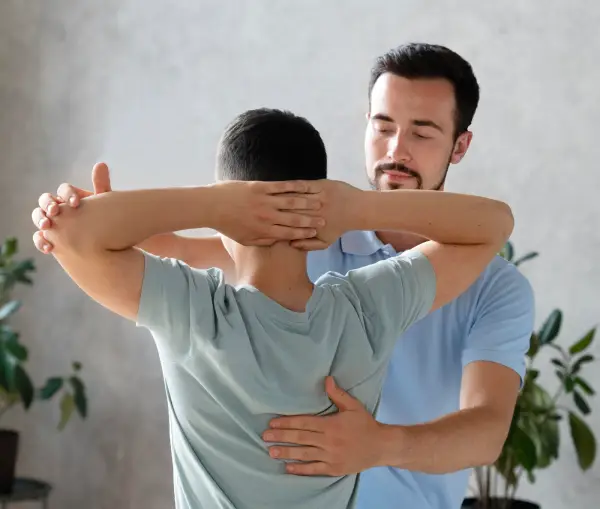When a situation arises whereby access to our usual motivations to exercise and remain physically active are removed, then we need to bear in mind that we may decondition. We may be used to walking to and from work, going for a walk at lunch time, walking around a workplace floor and up and down stairs. We may be used to attending a gym or exercise classes, going to the golf or tennis club and even walking around shops.
It is important that we don’t walk blindly into a situation where we allow deconditioning to happen. At any age it can have a short and long term effect on our over all health and wellbeing. In older people it can also have a effect on our ability to function safely and independently. Deconditioning can happen quickly.
During the winter or times of prolonged bad weather, illness or injury recovery, work projects, holiday or whatever may cause us to become inactive, it’s important to minimise the impact being sedentary has on our well-being.
With that in mind, the evidence-based tools we need to stay as well as we can are:
-
150 minutes a week of moderate intensity aerobic exercise. This means, being active to the point that you could converse with another person but you would be a bit more aware of your breathing in doing so. If you are new to exercise or recovering from illness, then a relaxed pace, gentle walk is perfect. If you can get out for walk or run in a quiet area, do. If your balance is not great and you are fearful of falling, walking or marching on the spot for even one minute at a time, regularly will do just fine. Everything counts and it all adds up.
-
Strength training exercises on 2 days of the week. This means different things for different people. Basic body weight exercises may be enough here – going from sit to stand, squats, push ups against the wall/ stairs or floor, climbing steps, rising up and down on your toes, kneeling and getting up again. If you do these things in your day to day life then doing a few extra, regularly will help keep muscles working.
-
Balance It is important that, whatever you are doing in terms of exercise or day to day activity, that you don’t put yourself at risk for a fall. You can use your hands and a stable surface to support you during activities. It is a good idea to be aware of how much support your upper limbs are giving your balance. Balance seems to respond best to doing a little bit often. Exercises can be as simple as standing one leg with hands on a kitchen counter. You will be looking to have a little wobbling going on at your ankle but at the same time being in control and safe. And the really good news is – no matter what age you are, your body will respond to exercise!


